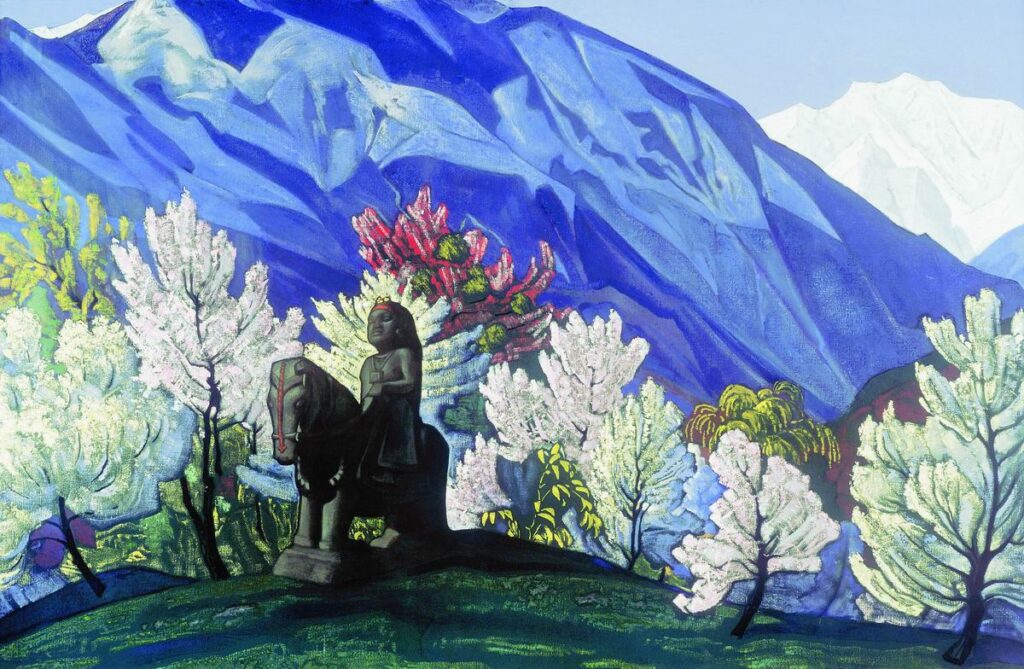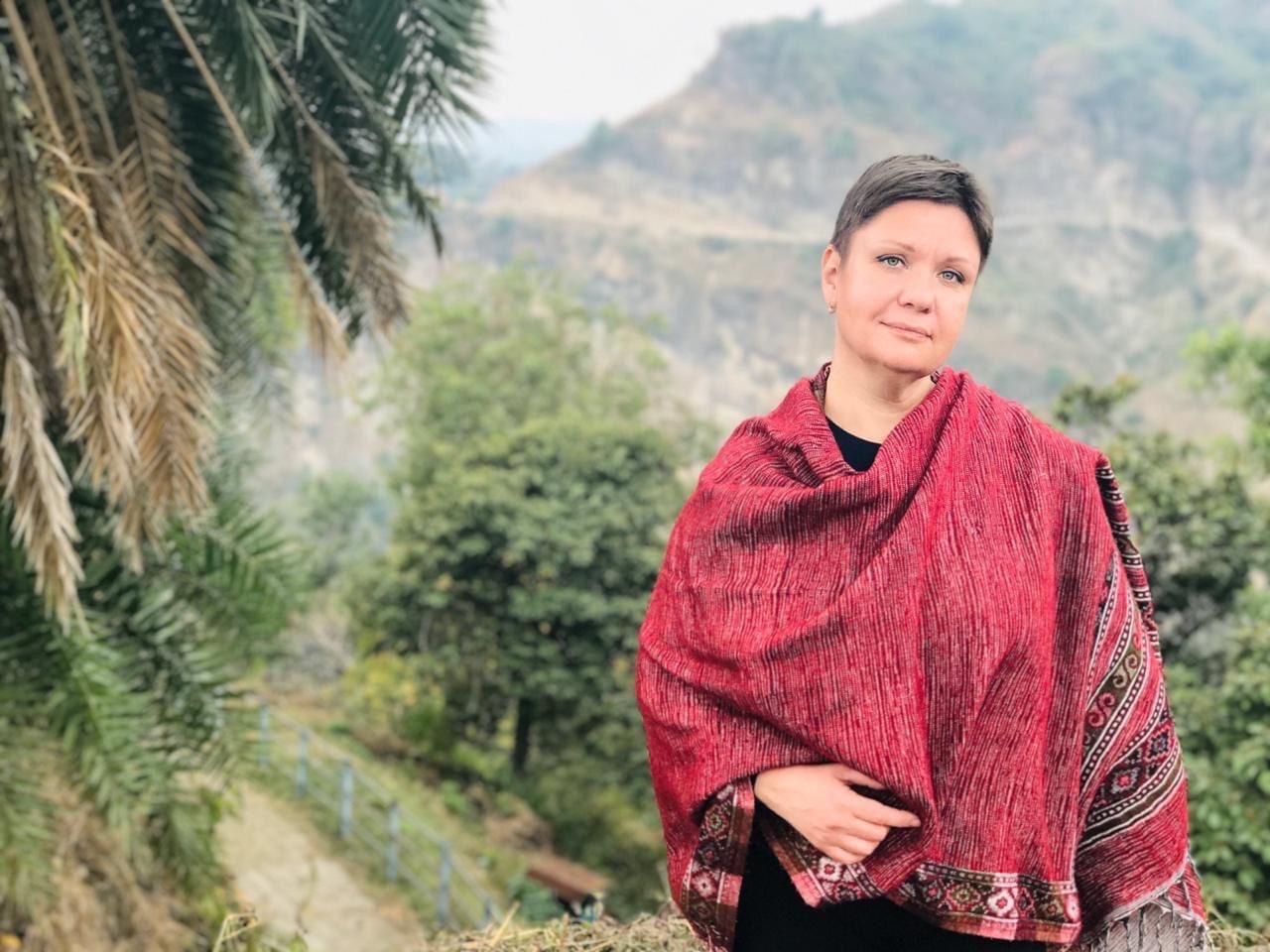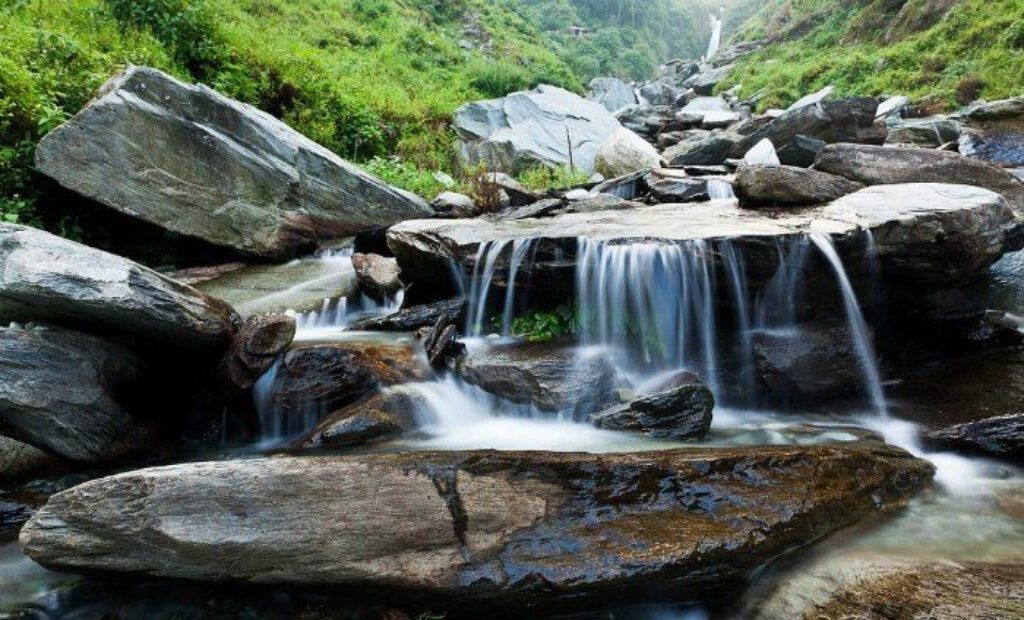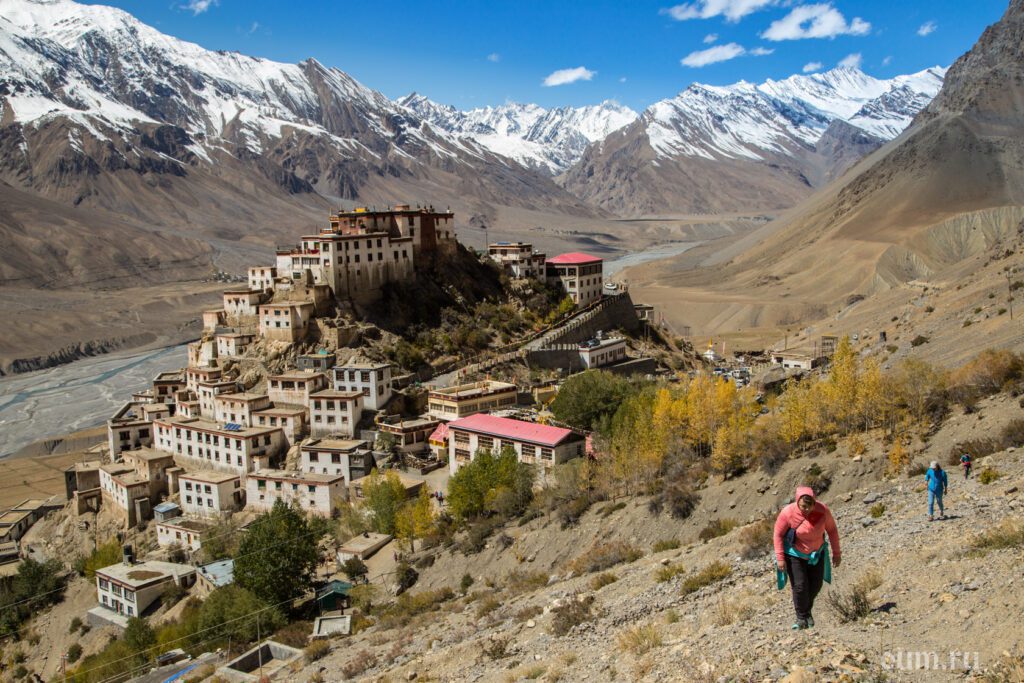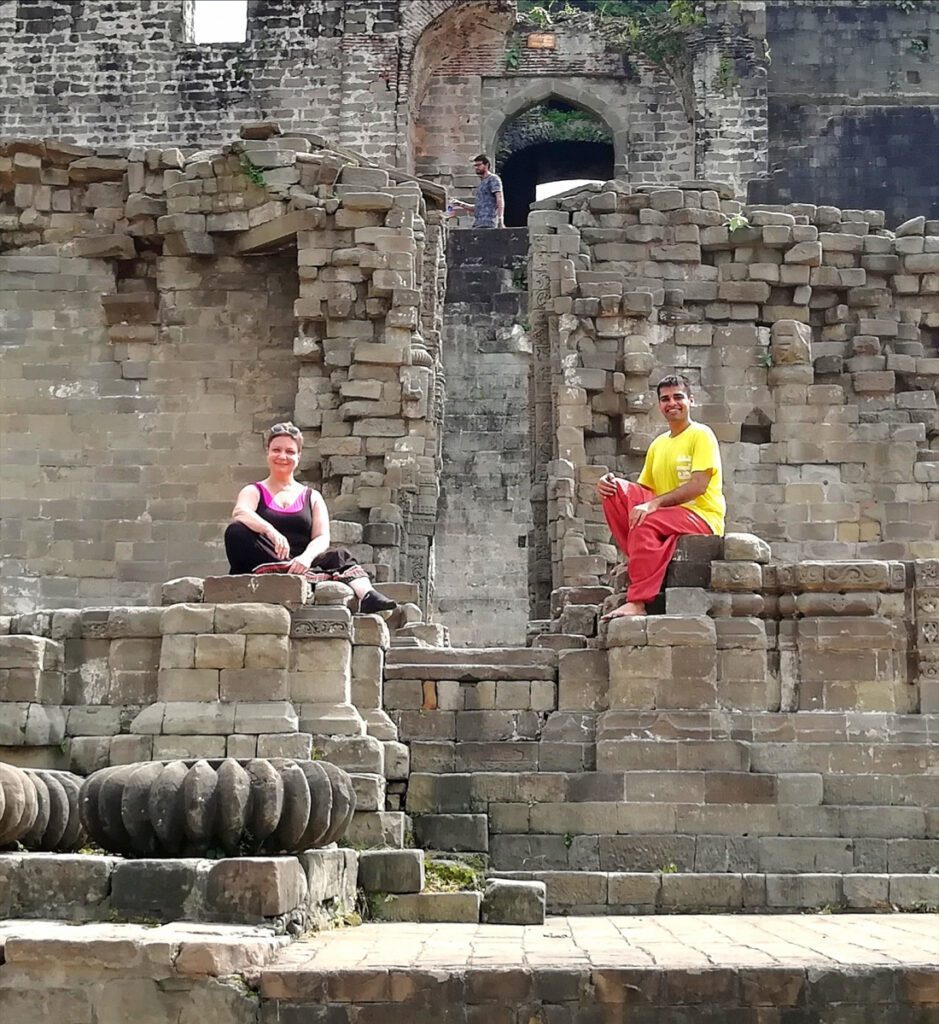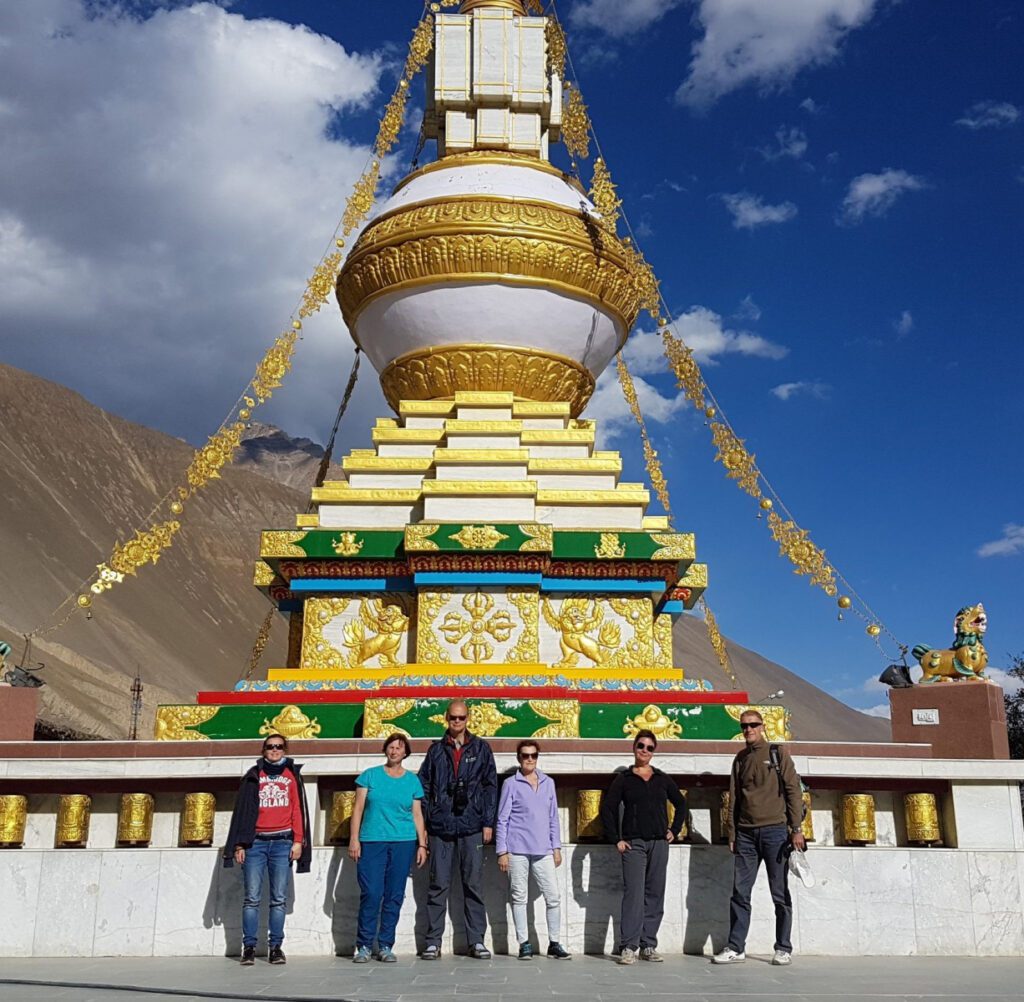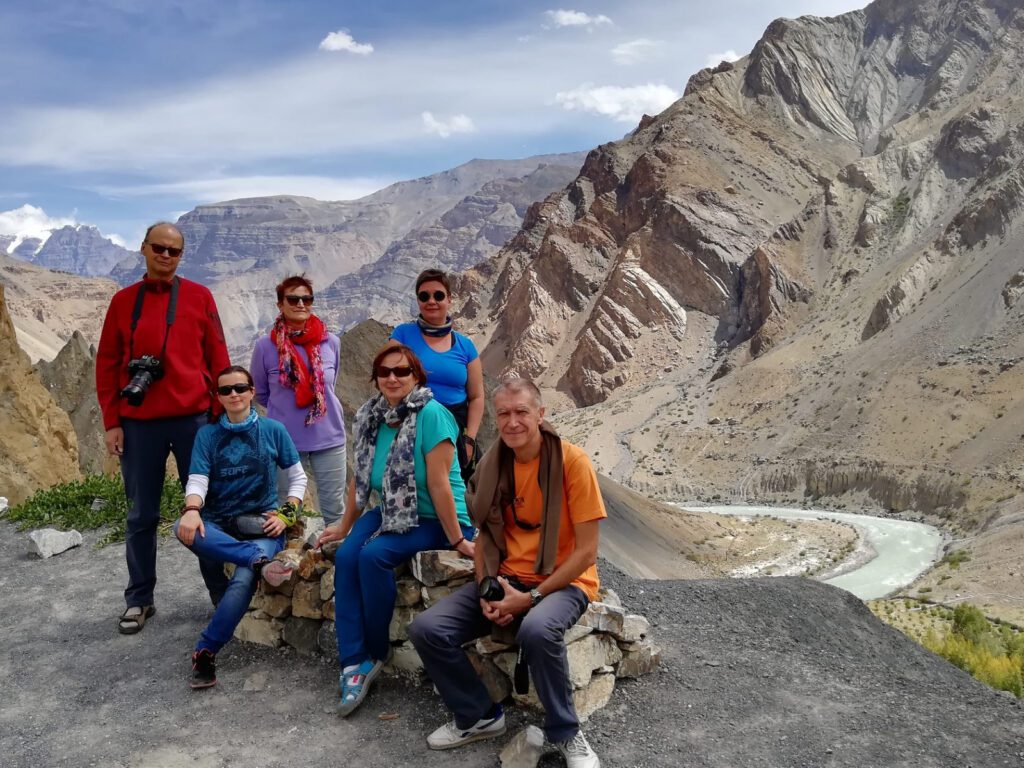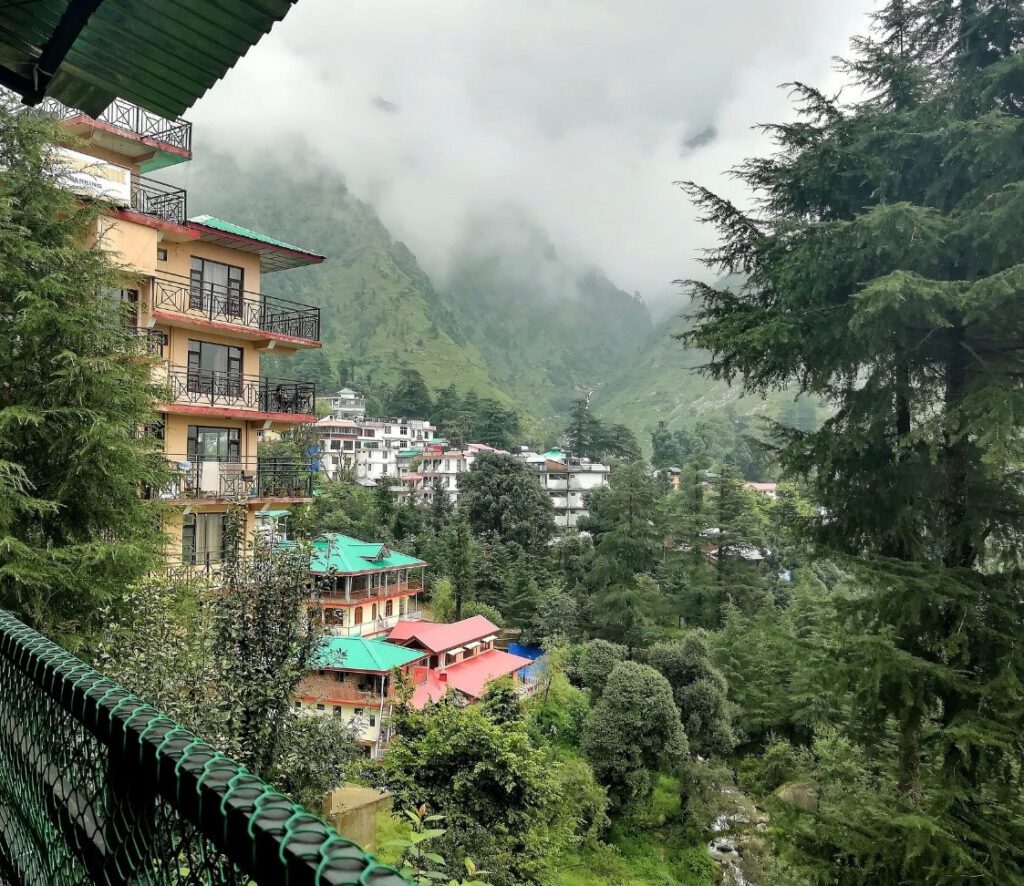Day 1. Arrival in Delhi and transfer to Himachal state
3:20 Arrival in Delhi
Meeting with the organizer and transfer to Himachal state
7:30-11:30 Delhi – Kalka train
12:10-14:40 Toy train Kalka – Solan
Accommodation in Dolanji Valley
Travel time 7-8 hours
Altitude 1350 meters
The aim of the first day is to reach the fantastic state of Himachal. The expedition begins with a journey along the narrow gauge railway on the British Empire-era Kalka-Shimla Toy Train. This railroad into the mountains is part of India’s national treasure and is on the UNESCO list.
Hundreds of tunnels and bridges await us on our way through the beautiful landscape.


Day 2. Dolangi, Menri Monastery and Shiva Temple
Menri – Bon Monastery
Hindu Shiva Temple
Altitude 1350 -1500 m
Dolanji is the historical center of the Bon religion, which was born here long before Buddhism. Dolangi is home to the famous and largest Bon monastery, Menri.
The Soviet Union and Germany sent expeditions here before World War II to find secret knowledge of an ancient power.
This valley is where the first stage of acclimatization of the group takes place.


Day 3. Transfer to Kinnor Valley
Transfer to Kinnaur Valley
Accommodation in Kalpa village
Travel time 7-8 hours
Altitude 2900 m
The road to Kinnor is carved right into the rock and sometimes passes at great heights. But it is safe, very beautiful and prepares travelers well for the Himalayas.

Day 4. Kalpa Village
Height 2960 m
Kalpa is the place from where the sacred mountain of Kinnor Kailash is beautifully visible. This mountain is considered to be the winter residence of the god Shiva, the locals live under his protection and patronage.
Calpa’s Hindu temples are an ethnographic gift to travelers.
For us, it’s a chance to admire the snowy seven-thousanders and feel their energy.


Day 5. Spiti Valley, Nako sacred lake, Padmasambhwa cave
Transfer to Spiti Valley
Obtaining entry permits in Recong Peo village
Accommodation in Nako village
Tibetan Temple
Sacred Lake Nako
Padmasambhava Cave.
Travel time 4-5 hrs
The altitude is 3625 meters
We leave the Kinnor Valley with its Hindu energies and head to Spiti, the Lost World of Buddhism in the Himalayas.
The Spiti Valley has always been closed off from the world – foreigners have only been allowed here since 1992.
Nako is our first truly high-altitude overnight stay, for which the acclimatization of the previous days prepared us.
It’s a “gateway to Spiti” that is frozen in time and hasn’t changed in centuries.
The great Padmasambhava meditated in a cave on the shores of Lake Nako in the 8th century and Buddhists consider the lake and cave sacred.
Locals wear traditional Himachal hats: like in Kinnor, they are mostly green with no patterns. In Kulu, the hats will be different.
Women wear heirloom jewelry made of silver, turquoise and coral for the holiday.

Day 6. Tabo Buddhist Monastery
A 10th century Buddhist monastery
The biggest stupa
Travel time 2-3 h
Height 2500 m
Tabo Monastery was built by Rinchen Zampo in 996. Thanks to him, Buddhism was revived in India and the most important manuscripts of antiquity were preserved. The time when he lived and worked (translator, educator, builder) was called the Rinchen Zampo Era.
The Dalai Lama XIV has said many times that he plans to end his days in Tabo.
The temples of the monastery have preserved ancient frescoes and sculptures, among which travelers sometimes spend hours and cannot leave the place.
And at the morning puja at the new temple, we are sure to be served tsampa tea. Although the temple was built relatively recently, it has a wonderful atmosphere of childlike joie de vivre.

Day 7. The city of Kaza
The administrative center of the Spiti Valley
Accommodation in Kaza
Travel time 1-2 h
Altitude 3600 m
Kaza is the resting place of all travelers to the Indian Himalayas. Here we will enjoy delicious food, talks, meditations, Tibetan shawls and bells, walks along the Spiti River and short drives and treks to high mountain villages.

Day 8. Dankar Fort, Lalung, Langza and Hikkim villages
Dhankar Fort
Lalung Village
Village of Langza
Hikkim Village
Accommodation in Kaza
Travel time 5-7 hrs
Altitude 4200 – 5200 m
We will spend this day at the ancient capital of Spiti, Dankar Fort, which was built on a cliff at an altitude of 3800 meters.
Dankar is now listed by WMF (World Monuments Fund) as one of the historical monuments in danger of destruction. The rock on which it is built is gradually weathering.
It is from the wall of the fort that you can see the junction of the two highland rivers Spiti and Pin.
On the way back, we will visit several protected villages in the Spiti Valley:
– the small village of Lalung, whose temple was also created by Rinchen Zanpo and surprisingly, has been perfectly preserved.
– Hikkim, home to the world’s tallest post office. A postcard from here suddenly becomes a cool gift for friends. At Hikkim, we buy cards, write wishes, put stamps on them, the letter carrier stamps each card for us and we drop them in the mailbox. And a month (or two) later, friends are jumping for joy.
– We also go to see a strange Buddha statue erected at an altitude of 5,000 meters in the village of Langza, the center of Bon shamanism. It’s always mixing things up around here…
You can also find (or buy) fossils here – fossils that have been here since the Himalayas were the floor of the ancient Tethys Ocean.


Day 9. Kulu Valley, Kee Monastery
Ki Monastery
Kulu Valley
Accommodation in Manali
Travel time 6-7 hours
Altitude 4200-2000 m
Today we leave the Spiti Valley and move to the Kulu Valley.
Our last stop in the Spiti Valley will be Kee Monastery, the main center of Buddhism in the valley. It was built in the 11th century and is now the place where all Buddhist lamas are necessarily trained.
And we descend from the high mountains of the Spiti Valley into the green and warm Kula.
We can do this via the high (about 5500m) Rotang Pass. This road is challenging and gorgeous at the same time. Hundreds of waterfalls along the way, a road under the sky – awe and delight.
If the weather does not permit, we will use the Atal Tunnel, which shortens the journey to Kulu considerably. The tunnel has been under construction for 20 years and it was inaugurated in October 2020. For hundreds of years, the people of the Lahul Valley were cut off from the world for six months, unable to use the snow-covered Rotang Pass. They are now getting to Manali in an hour, which is where we are headed as well.

Day 10. City of Manali
Main Street Manali
Manu Temple
Hadimba Devi Temple
Altitude 2000 m
The Kulu Valleys, ancient Kuluta or “Edge of the Earth” is the place where the Pandava brothers passed through, Krishna and the heroes of the Mahabharata lived.
And Manali is the city where all problems are solved. In any Indian movie, if the characters don’t know what to do, they go to Manali. Ordinary Indians go to see the snow. There is more snow here in winter than in Norway.
Manali has good restaurants, music and a paradise for tired travelers.
The city has two unique ancient temples dedicated to Manu and Khadimba. Manu, India’s Noah, was blessed to establish a new land in this very place: thus came the city of Manali. Hadimba, the goddess, the heroine of the Mahabharata, performed her feats here.

Day 11. The city of Naggar is the residence of the Roerichs.
Rajah Naggar Castle
Krishna Temple
Roerich Manor Museum
Travel time 4-5 hrs
Altitude 1850 m
The city of the rajas, Naggar, which is still ruled by matriarchy and a rigid caste system. The town where the Roerichs lived for 20 years. It was here that Agni Yoga or Living Ethics and Roerich’s Pact for the Protection of the Cultural Values of Mankind were created. This is where the Urusvati Institute was established and where the documents and collections of the Roerichs’ Central Asian Expedition are kept. This is where Nicholas Roerich painted many of his paintings. We will visit the Roerich House-Museum and our guide Natasha will tell us in detail about this place – she has been working here for the last few years.
After the Roerich place we will visit the Krishna Temple, which is located just above Naggar, according to legends was built by Krishna himself. It is a solemn, strong place, the center of the religious life of the valley.


Day 12. Return to Delhi
Travel time is 12-15 h by car or 2:20 h by plane. Departure home from Delhi on that day or the next day (depending on the flight).

.
